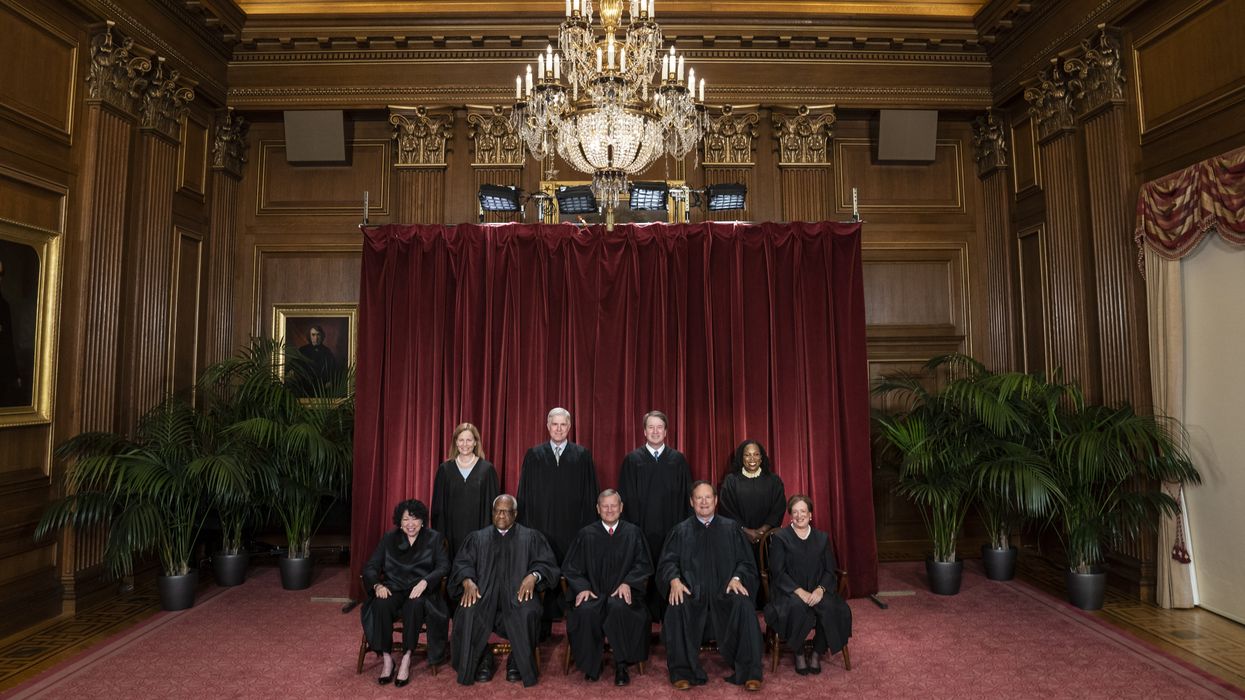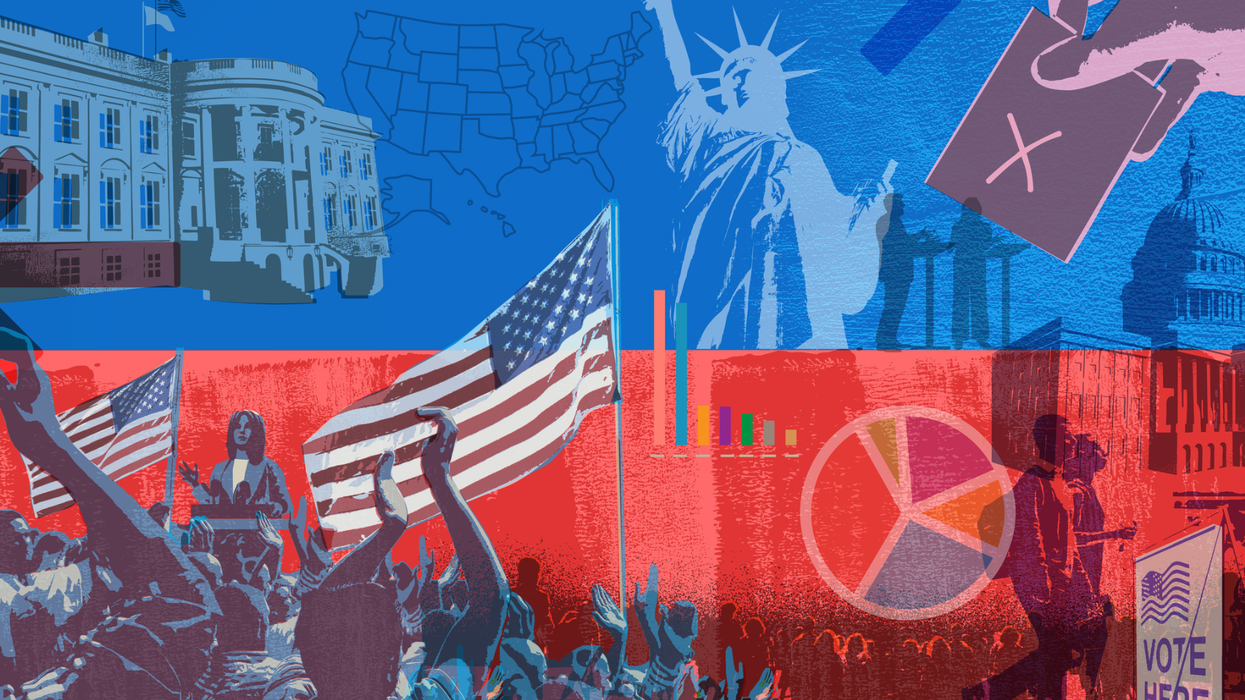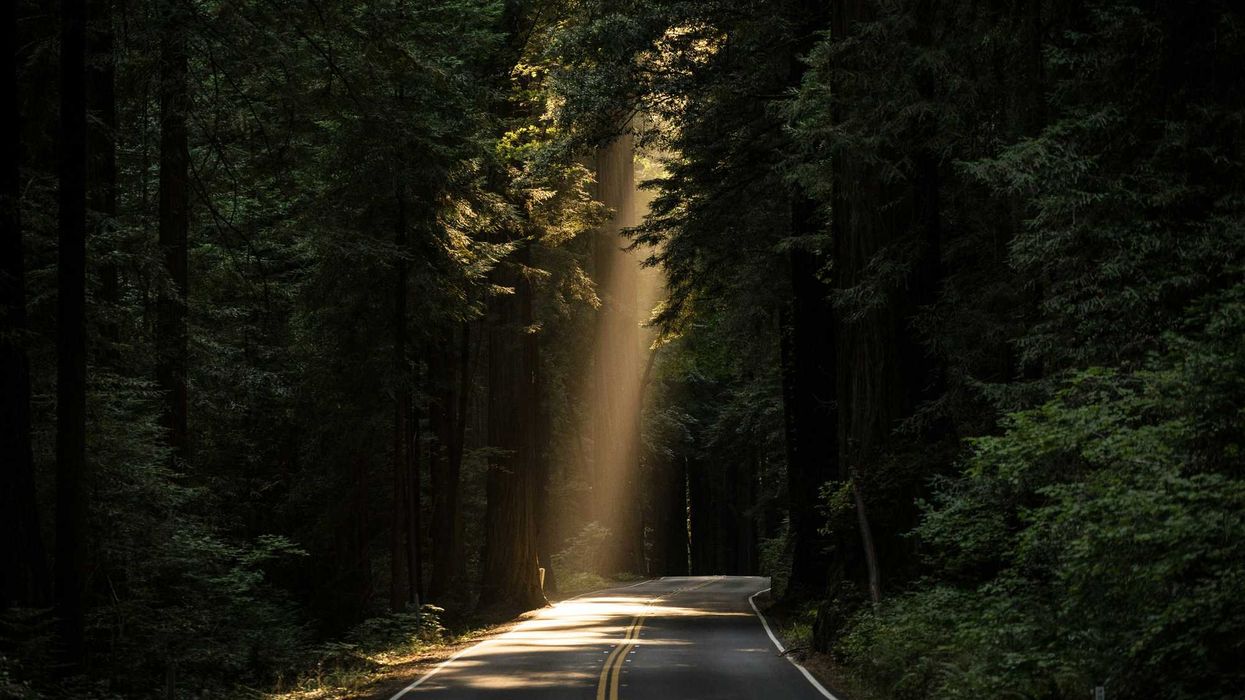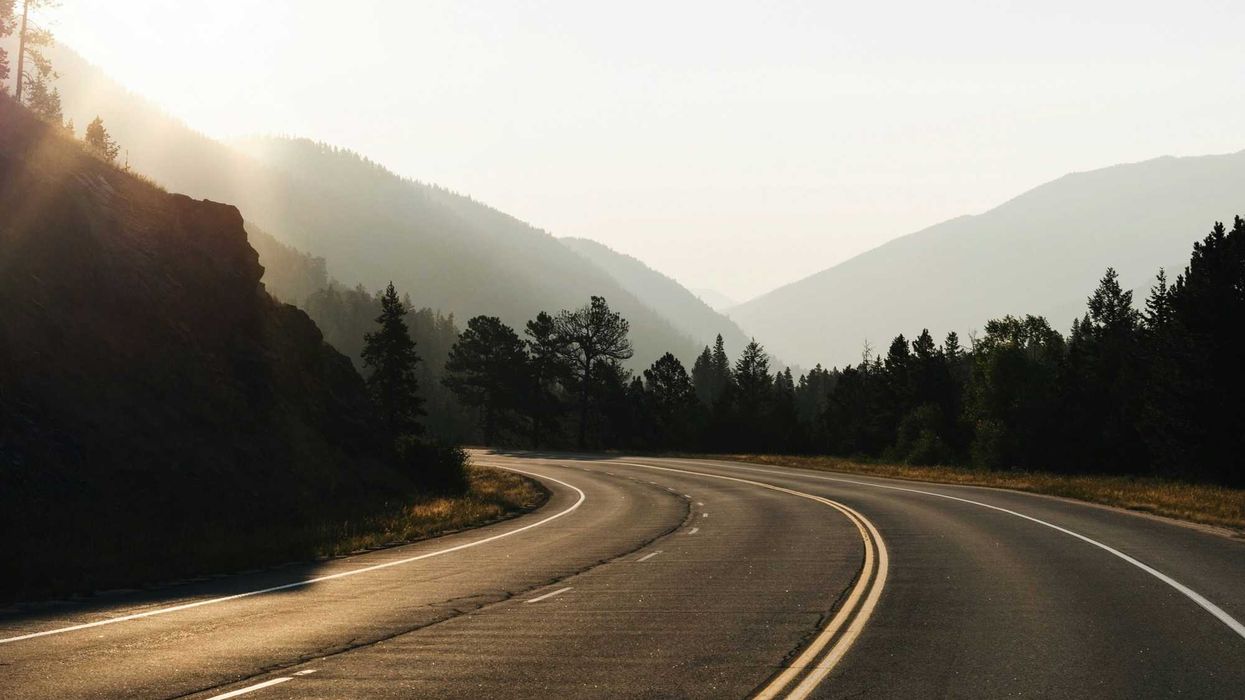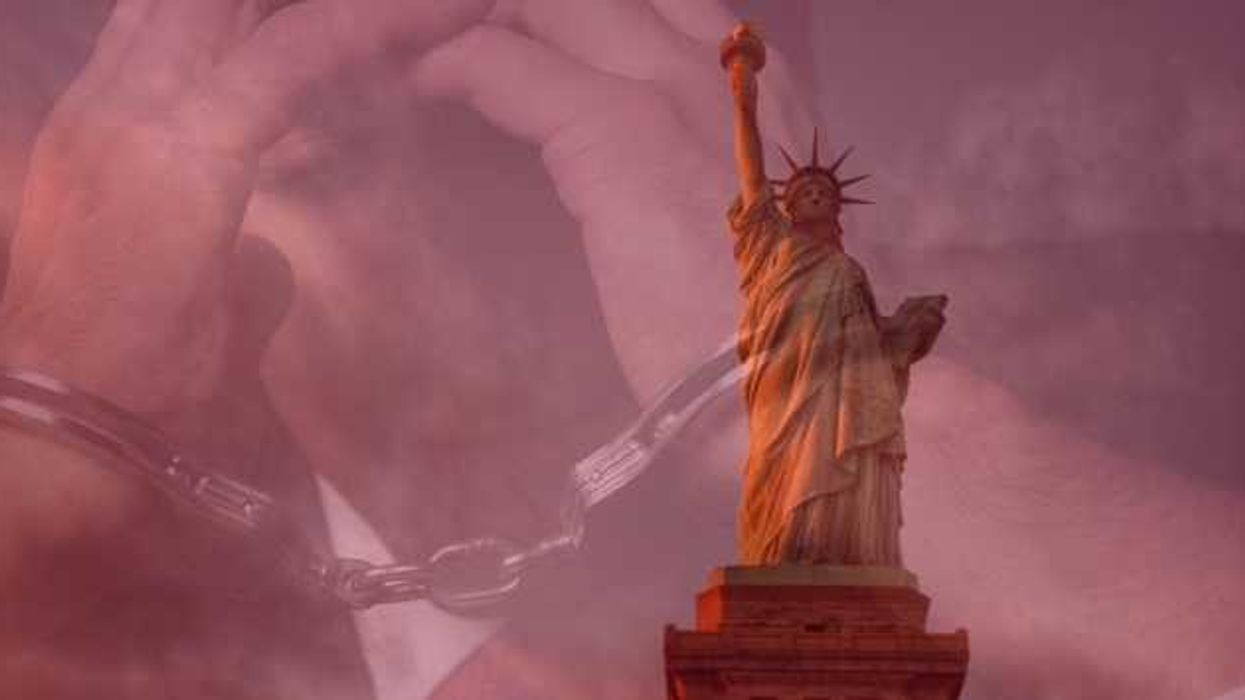Breslin is the Joseph C. Palamountain Jr. Chair of Political Science at Skidmore College and author of “A Constitution for the Living: Imagining How Five Generations of Americans Would Rewrite the Nation’s Fundamental Law.”
This is the latest in a series to assist American citizens on the bumpy road ahead this election year. By highlighting components, principles and stories of the Constitution, Breslin hopes to remind us that the American political experiment remains, in the words of Alexander Hamilton, the “most interesting in the world.”
The simple statement that elections matter seems so obvious. But then again, it’s not clear that Americans — a disillusioned and frustrated lot if there ever was one — fully accept that the act of choosing representatives can drastically shape lives.
Just consider individual rights.
The election of the president of the United States has a direct effect on the appointment of federal judges, and those judges, more so than practically anyone, determine the strength and scope of our individual freedoms. Ergo elections impact rights.
The Dobbs case overturning Roe v. Wade and consigning a woman’s privacy right to certain geographical residencies is just the most noteworthy example. Think about the latest First Amendment cases where the Supreme Court reduced Thomas Jefferson’s separation of church and state to a mere pony wall (Carson v. Makin and Kennedy v. Bremerton, both decided in 2022). Or the recent redistricting case where, to the surprise of many, a slim liberal majority emerged to safeguard fundamental voting rights (Allen v. Milligan, 2023). Elections matter.
America’s constitutional drafters understood this. James Madison’s constitutional vision depended entirely on elections. He said so in Federalist 14. “In a democracy,” he argued, “the people meet and exercise the government in person; in a republic, they assemble and administer it by their representatives and agents.” Rejecting the idea of a direct or pure democracy in favor of an extended republic, said Madison, cured two political evils: rule by permanent majorities and the trampling of minority rights. To make an extended republic work, he knew, requires elections.
Alexander Hamilton agreed. In a 1777 letter to Gouverneur Morris, the New Yorker wrote: “A representative democracy, where the right of election is well secured and regulated & the exercise of the legislative, executive and judiciary authorities, is vested in select persons, chosen really and not nominally by the people, will in my opinion be most likely to be happy, regular and durable.”
Predictably, Abraham Lincoln was the most eloquent on the topic. He declared in his famous July 4, 1861, oration to Congress: “Our popular government has often been called an experiment. Two points in it our people have already settled — the successful establishment and the successful administering of it. One still remains — its successful maintenance against a formidable internal attempt to overthrow it. It is now for them to demonstrate to the world that those who can fairly carry an election can also suppress a rebellion; that ballots are the rightful and peaceful successors of bullets; and that when ballots have fairly and constitutionally decided, there can be no successful appeal back to bullets; that there can be no successful appeal except to ballots themselves, at succeeding elections. Such will be a great lesson of peace; teaching men that what they cannot take by an election neither can they take by a war; teaching all the folly of being the beginners of a war.”
Of course, words are one thing. America’s first constitutional defenders embraced elections, but not inclusion. Aristocratic elements penetrated popular government in the early republic; participation was restricted to the few. The initial expansion of the electorate beyond propertied white men came during Reconstruction, four score and three years after America’s constitutional birth. It was too long in coming. And yet once the 15th Amendment welcomed Black males to the ballot box in 1870, resistance to a more expansive electorate weakened a bit.
Wyoming allowed women to vote in 1869; Utah followed a year later, and then Colorado, and Idaho, and Washington, and California. By 1920, when the 19th Amendment finally recognized women’s suffrage across the country, 15 states had already expanded their voting rolls to include women. In 1925, Congress enacted the Indian Citizenship Act, granting the vote to Native Americans born in the United States. Less than a generation after that milestone, Asian Americans could vote as well.
The 1960s were a boon for the eager electorate. The 23rd Amendment, ratified in 1961, allowed folks inside the Beltway to participate in presidential elections, while the 24th, three years later, barred all poll taxes. The Voting Rights Act of 1965, a landmark piece of legislation (which was extended in future years under Republican Presidents Richard Nixon, Gerald Ford and Ronald Reagan) followed. And in 1971, the 26th Amendment was ratified. From that day on, even teenagers could vote.
For a century — between 1869 and 1971 — each generation contributed to bringing more voters under the tent. To be sure, expansion of access to the ballot box has accelerated throughout America’s political development. Millions more Americans are voting now than just 60 years ago. An identical 62 percent of the voting age population turned out for the presidential elections in both 1960 and 2020. The difference? The vote tally: 68 million ballots were cast in 1960; 160 million were cast in 2020.
But closer inspection reveals a slightly darker picture. Essays like this one tend to romanticize the past, as if constitutional champions throughout American history suddenly awoke to a more inclusive and progressive conviction. That, sadly, is not the case. More voters means greater struggles to hold on to the vote. Literacy tests, grandfather clauses, poll taxes, white primaries, intimidation, even fraud — these were once the common methods used to prevent a free Black population from voting. States adopted similar schemes to disenfranchise women after passage of the 19th Amendment. Immigrants, Native Americans, Jews, and other demographic groups faced their own voting obstacles.
And those injustices are not yet behind us. Over the past few years, many states have subtly, and not so subtly, increased barriers to voting, including imposing greater restrictions on voting by mail, reducing polling locations, introducing or expanding ID requirements, and limiting voting day registration opportunities. According to the Brennan Center for Justice, 2021 holds the unenviable title as a “record-breaking year for legislative activity around voting rights.”
The Supreme Court deserves some of the blame for opening the door to official voter suppression. Shelby County v. Holder (2013) gutted the Voting Rights Act by obliterating Section 5, the provision that required states with a history of discrimination to get “pre-clearance” before implementing changes to their voting procedures. The five-member conservative majority opined that such red tape had become “out of date,” that the requirement to get pre-clearance was now an unconstitutional congressional intrusion on state authority. The consequence? States that once imposed poll taxes and literacy tests, indeed ones that looked the other way when Black voters were literally beaten for casting a ballot, could now be trusted to self-monitor their own electoral procedures.
But make no mistake, it is “We, the People,” who deserve most of the blame. Membership on the Supreme Court is a product of our choices on Election day. It’s quite simple: If we did not want Chief Justice John Roberts, who wrote the majority opinion in Shelby, to eviscerate Section 5 of the Voting Rights Act, or Justices Antonin Scalia, Clarence Thomas, Anthony Kennedy, and Samuel Alito to concur in that finding, we should have voted differently for the presidents who appointed them.
Similarly, we have the collective power to raze the barriers to universal voting; we can reverse the recent trend away from electoral expansion; we can insist on motor voter laws, minimally restrictive mail voting, an Election Day paid holiday, more polling locations, and on and on and on. How? By fearlessly and consistently entering the voting booth.





